Chicago Architecture Biennial announces curatorial theme for 2019 edition

The Chicago Architecture Biennial (CAB) has announced the curatorial theme for the 2019 edition which will be: ‘…and other such stories’. The theme looks beyond architecture into an exploration of the conditions that affect it, through an expansive, research-led and global approach.
With its main exhibition hub at the Chicago Cultural Center, the third edition of the Biennial will ripple across the city between 19 September 2019 and 5 January 2020. Look out for its punchy new graphic identity designed by Los Angeles-based design studio, ELLA.
While CAB's home city provides much inspiration for the theme, this year it moves beyond the revered architectural heritage of the city to uncover the conditions at play that shape the built environment. Expect multiple disciplines beyond architecture to be addressed, such as visual arts, policymaking, education, and activism.

Yesomi Umolu, artistic director, and Todd Palmer, biennial executive director at the Chicago Architecture Biennial.
The theme draws from the city-wide and global curatorial process established by the team led by Umolu, and co-curators Sepake Angiama, whose work centres on education, and Paulo Tavares, a Brazil-based architect and academic. ‘Our approach to this edition of the biennial has evolved through conversations with architects, spatial practitioners, and everyday people in Chicago and other global locations, including through partnerships fostered in our research initiatives in the cities of São Paulo, Johannesburg, and Vancouver,’ says Yesomi Umolu, artistic director.
This year’s Biennial moves beyond the architectural heritage of the city to uncover the conditions that shape the built environment
Four curatorial areas of inquiry will segment the biennial: No Land Beyond; Appearances and Erasures; Rights and Reclamation; and Common Ground. These will dig deeper into the theme-crossing issues including indigenous approaches to landscape, monuments and memorials, and civic purpose in architectural practice.
‘We are thrilled that this year’s curatorial focus will open up the architectural conversation on key sociopolitical and environmental issues that shape our present reality and introduce new voices and perspectives. Through the dialogue they catalyse, we expect this Biennial to inform a collectively imagined future,’ says Todd Palmer, biennial executive director.
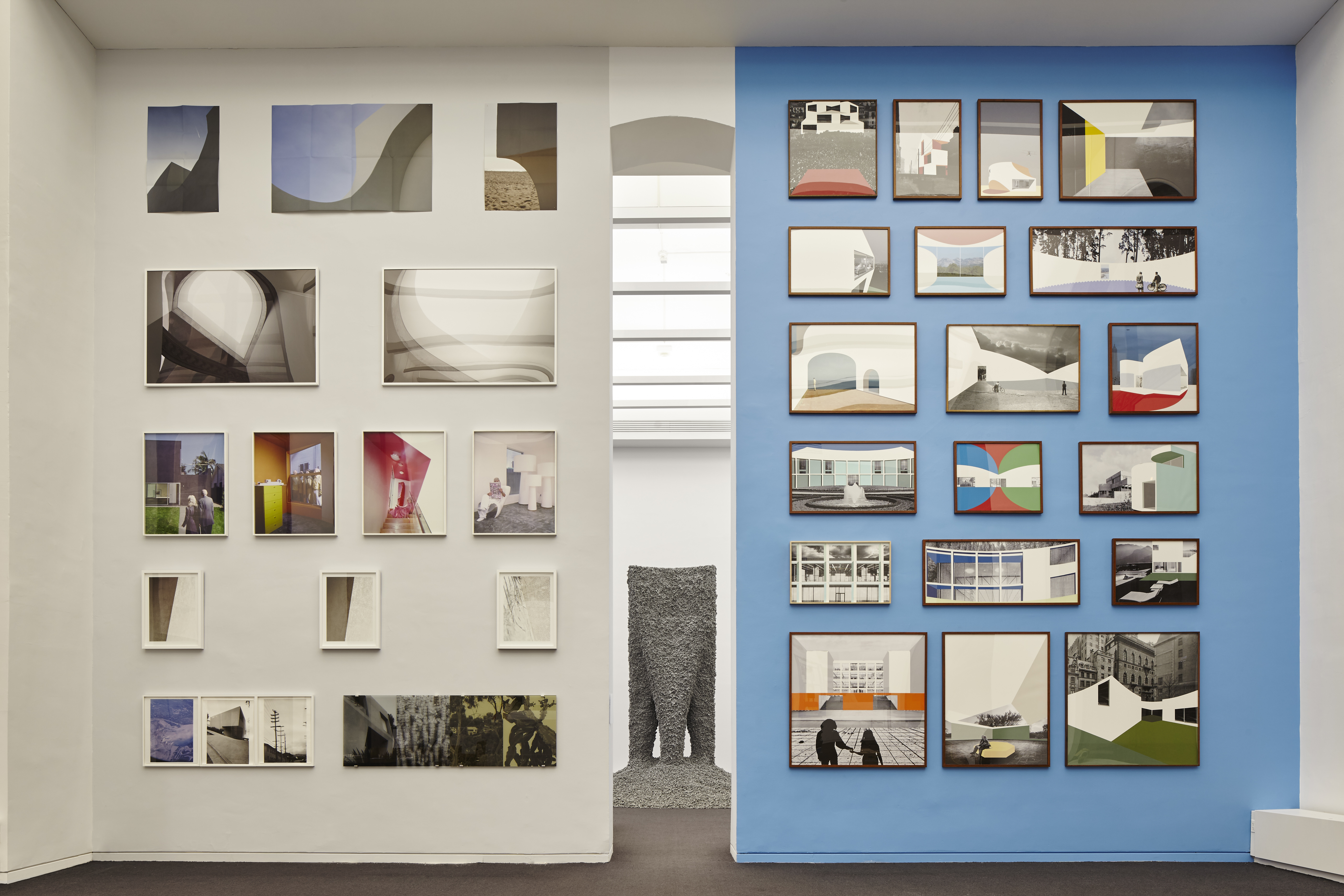
The previous edition of the Chicago Architecture Biennial in 2017 was curated by Johnston Marklee.
INFORMATION
For more information, visit the Chicago Architecture Biennial website
Wallpaper* Newsletter
Receive our daily digest of inspiration, escapism and design stories from around the world direct to your inbox.
Harriet Thorpe is a writer, journalist and editor covering architecture, design and culture, with particular interest in sustainability, 20th-century architecture and community. After studying History of Art at the School of Oriental and African Studies (SOAS) and Journalism at City University in London, she developed her interest in architecture working at Wallpaper* magazine and today contributes to Wallpaper*, The World of Interiors and Icon magazine, amongst other titles. She is author of The Sustainable City (2022, Hoxton Mini Press), a book about sustainable architecture in London, and the Modern Cambridge Map (2023, Blue Crow Media), a map of 20th-century architecture in Cambridge, the city where she grew up.
-
 All-In is the Paris-based label making full-force fashion for main character dressing
All-In is the Paris-based label making full-force fashion for main character dressingPart of our monthly Uprising series, Wallpaper* meets Benjamin Barron and Bror August Vestbø of All-In, the LVMH Prize-nominated label which bases its collections on a riotous cast of characters – real and imagined
By Orla Brennan
-
 Maserati joins forces with Giorgetti for a turbo-charged relationship
Maserati joins forces with Giorgetti for a turbo-charged relationshipAnnouncing their marriage during Milan Design Week, the brands unveiled a collection, a car and a long term commitment
By Hugo Macdonald
-
 Through an innovative new training program, Poltrona Frau aims to safeguard Italian craft
Through an innovative new training program, Poltrona Frau aims to safeguard Italian craftThe heritage furniture manufacturer is training a new generation of leather artisans
By Cristina Kiran Piotti
-
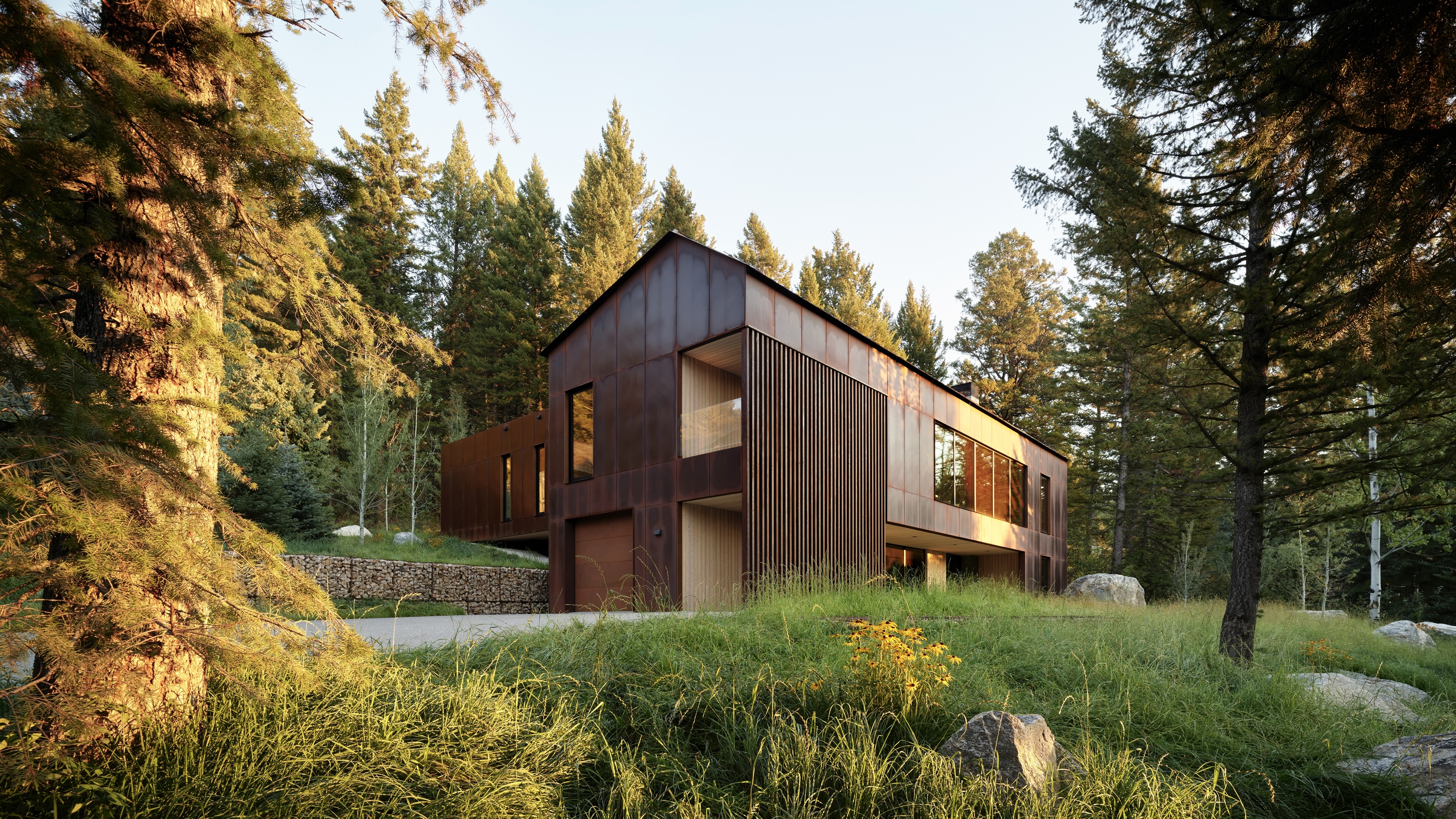 This minimalist Wyoming retreat is the perfect place to unplug
This minimalist Wyoming retreat is the perfect place to unplugThis woodland home that espouses the virtues of simplicity, containing barely any furniture and having used only three materials in its construction
By Anna Solomon
-
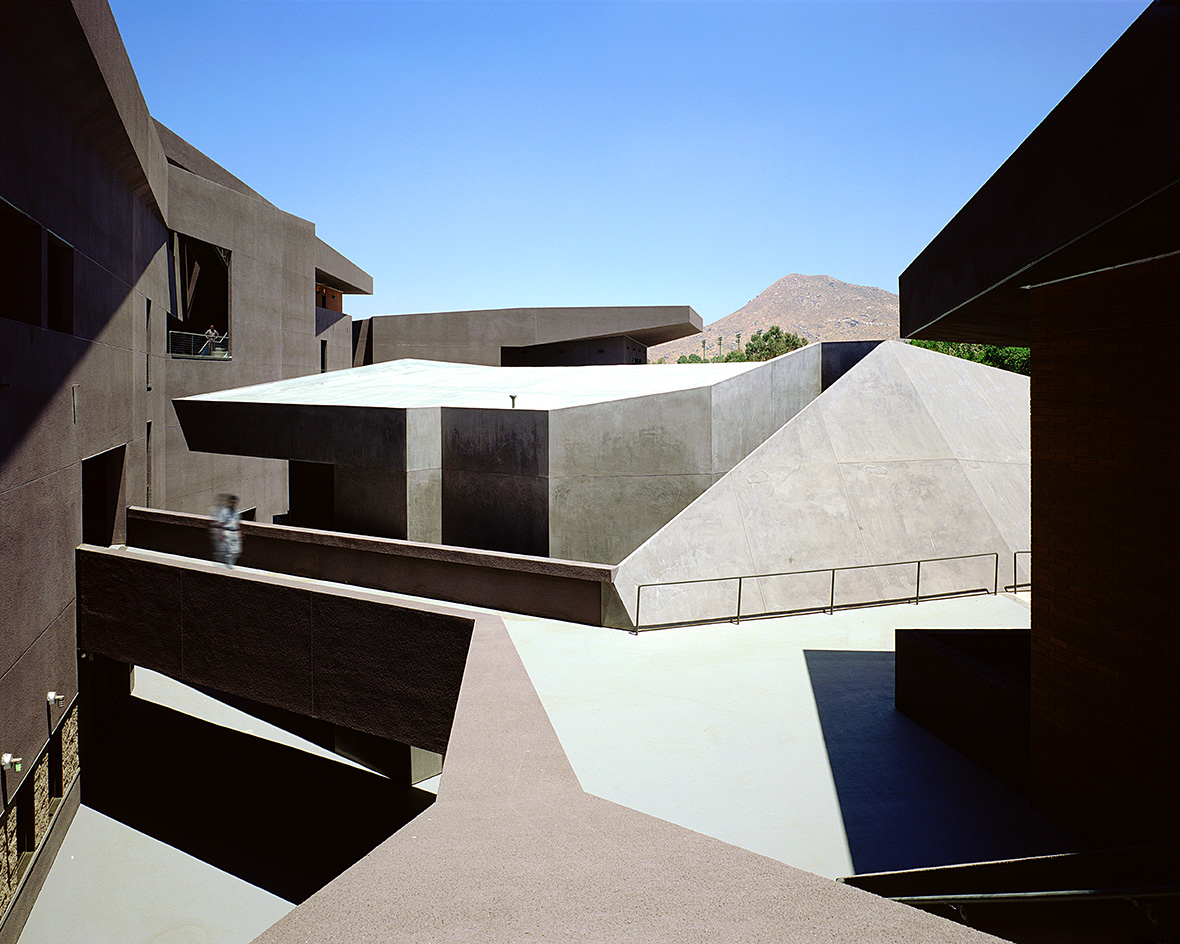 We explore Franklin Israel’s lesser-known, progressive, deconstructivist architecture
We explore Franklin Israel’s lesser-known, progressive, deconstructivist architectureFranklin Israel, a progressive Californian architect whose life was cut short in 1996 at the age of 50, is celebrated in a new book that examines his work and legacy
By Michael Webb
-
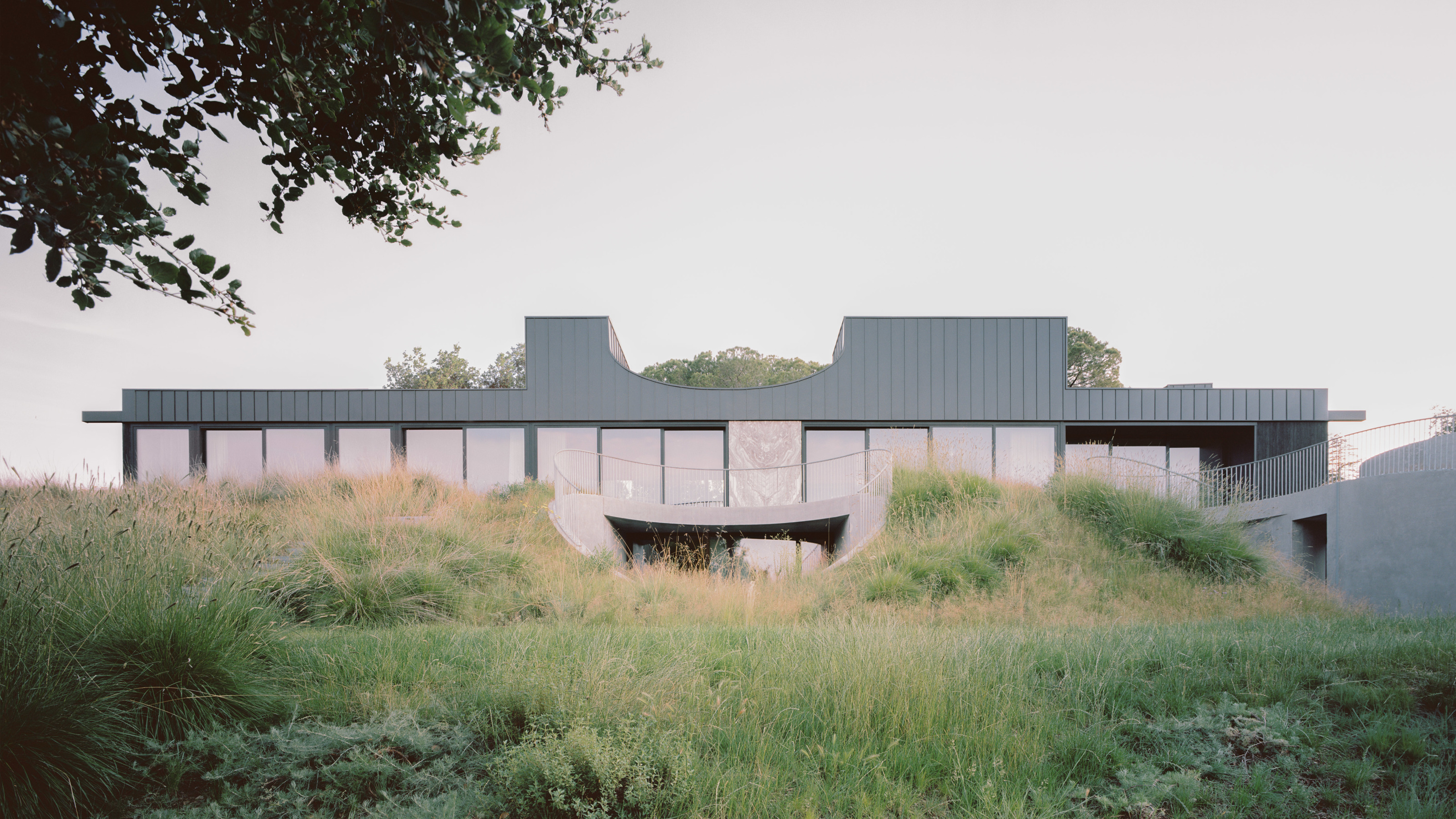 A new hilltop California home is rooted in the landscape and celebrates views of nature
A new hilltop California home is rooted in the landscape and celebrates views of natureWOJR's California home House of Horns is a meticulously planned modern villa that seeps into its surrounding landscape through a series of sculptural courtyards
By Jonathan Bell
-
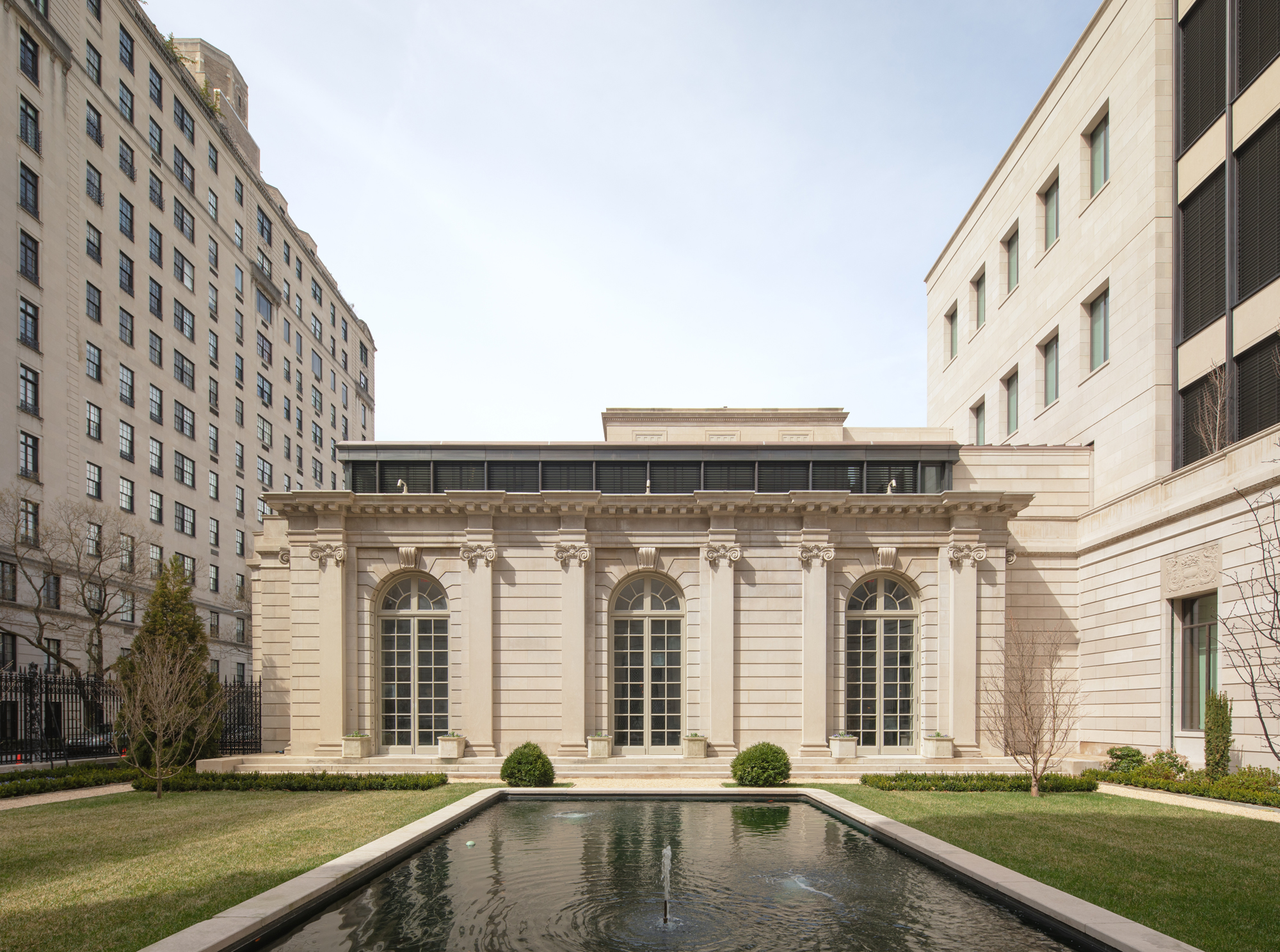 The Frick Collection's expansion by Selldorf Architects is both surgical and delicate
The Frick Collection's expansion by Selldorf Architects is both surgical and delicateThe New York cultural institution gets a $220 million glow-up
By Stephanie Murg
-
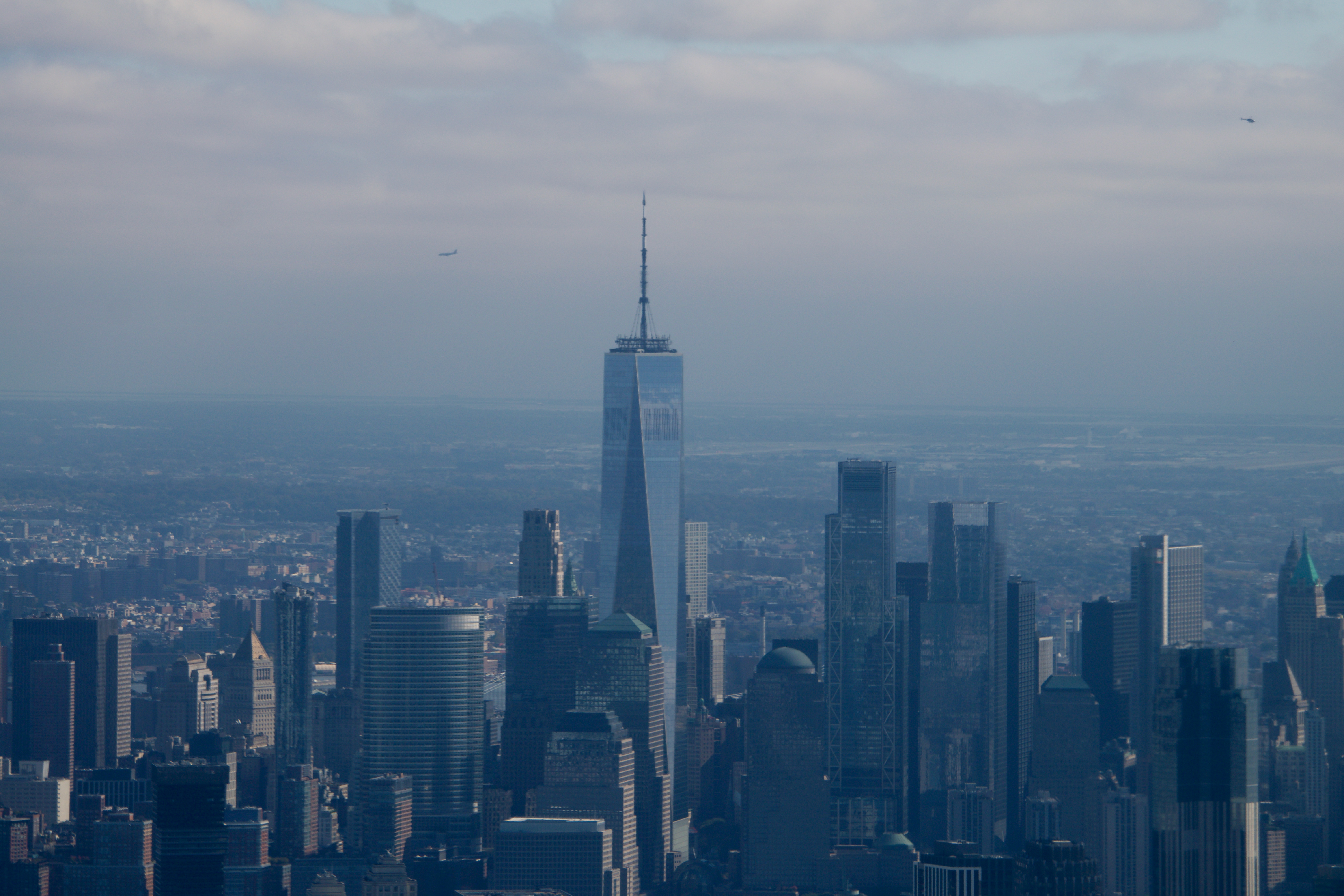 Remembering architect David M Childs (1941-2025) and his New York skyline legacy
Remembering architect David M Childs (1941-2025) and his New York skyline legacyDavid M Childs, a former chairman of architectural powerhouse SOM, has passed away. We celebrate his professional achievements
By Jonathan Bell
-
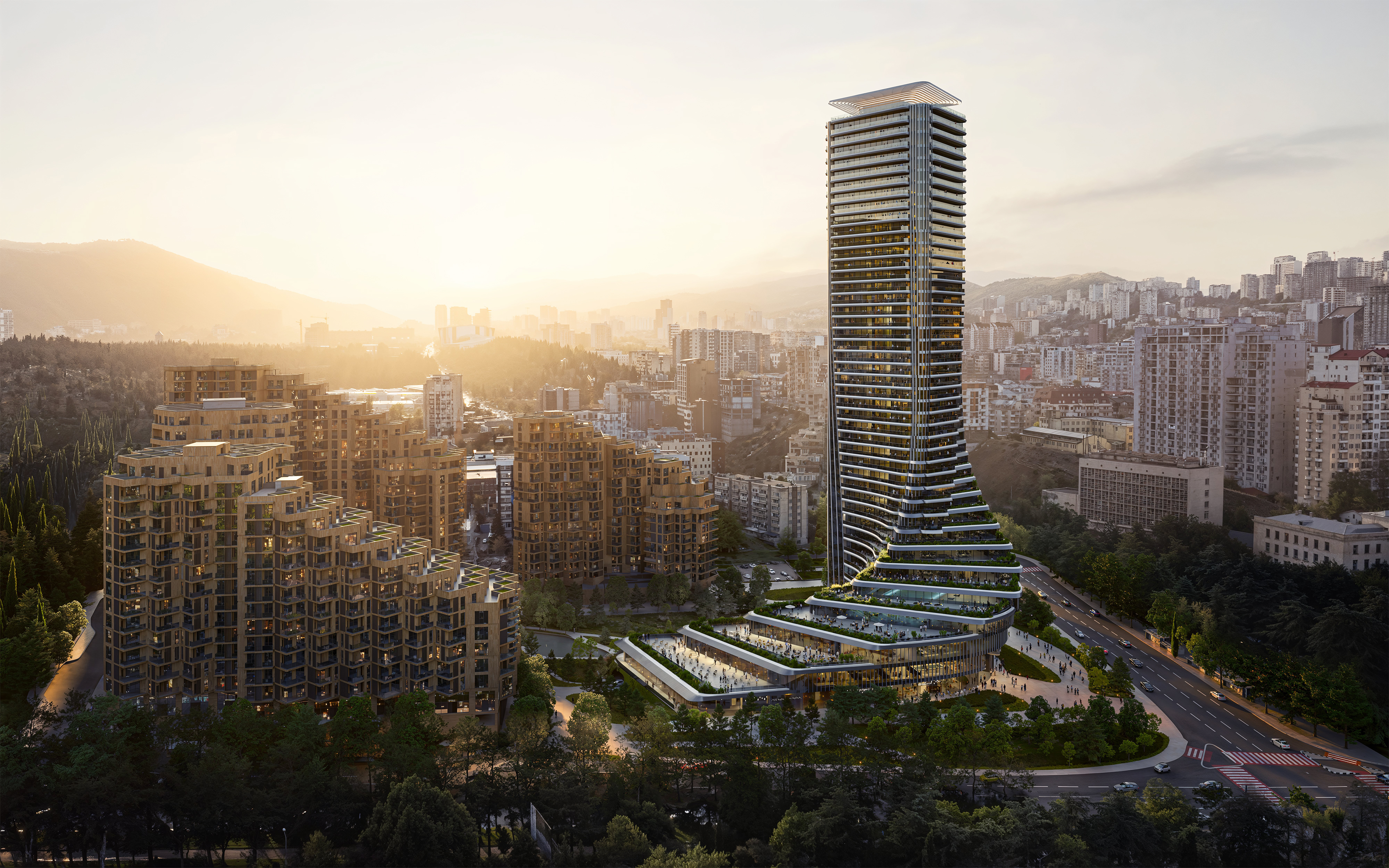 The upcoming Zaha Hadid Architects projects set to transform the horizon
The upcoming Zaha Hadid Architects projects set to transform the horizonA peek at Zaha Hadid Architects’ future projects, which will comprise some of the most innovative and intriguing structures in the world
By Anna Solomon
-
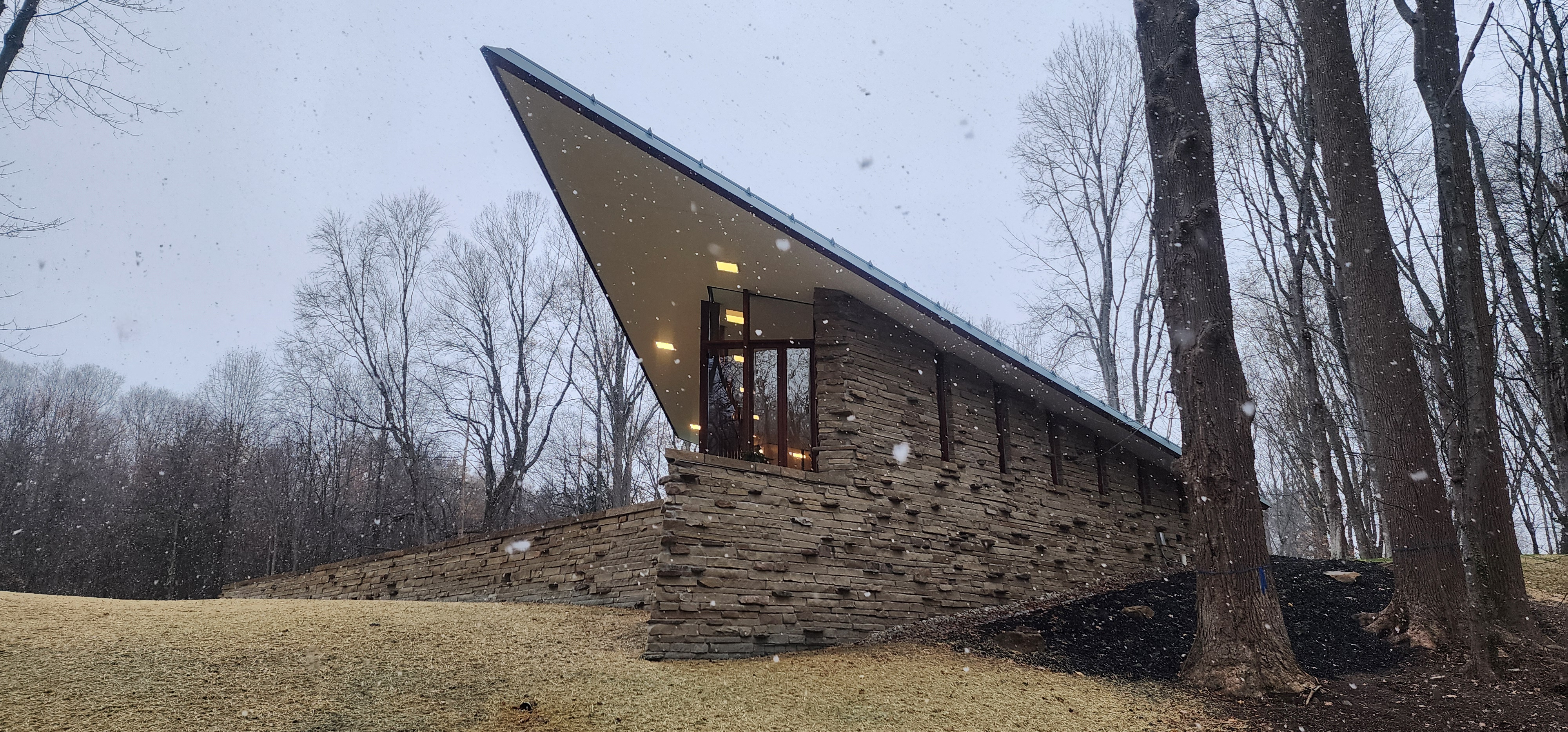 Frank Lloyd Wright’s last house has finally been built – and you can stay there
Frank Lloyd Wright’s last house has finally been built – and you can stay thereFrank Lloyd Wright’s final residential commission, RiverRock, has come to life. But, constructed 66 years after his death, can it be considered a true ‘Wright’?
By Anna Solomon
-
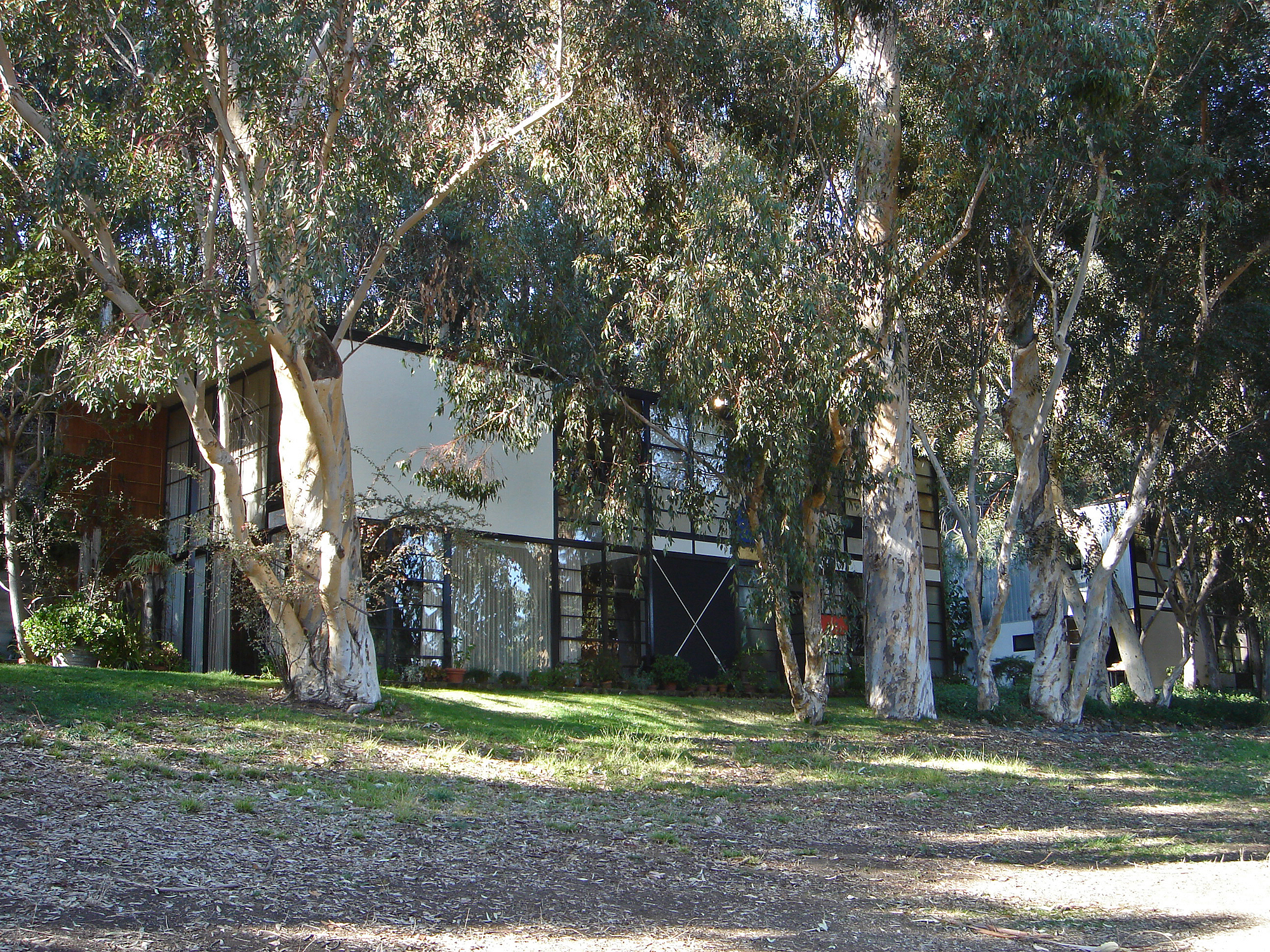 Heritage and conservation after the fires: what’s next for Los Angeles?
Heritage and conservation after the fires: what’s next for Los Angeles?In the second instalment of our 'Rebuilding LA' series, we explore a way forward for historical treasures under threat
By Mimi Zeiger